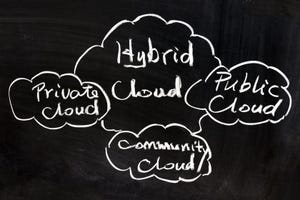Cloud Networking
Cloud networking is the use of cloud computing technologies and services to optimize and manage network infrastructure and resources.
Multi-cloud costs are soaring sky high. Here are some expert insights on how to bring them back down to earth.
Network Management
Six Ways to Cut Your Multi-cloud CostsSix Ways to Cut Your Multi-cloud Costs
Multi-cloud costs are soaring sky high. Here are some expert insights on how to bring them back down to earth.
byThomas Cornely, Senior Vice President of Product Management, Nutanix, Senior Vice President of Product Management
byChad Tindel, Field CTO and VP of Worldwide Solution Architecture, ngrok., Field CTO and VP of Worldwide Solution Architecture
SUBSCRIBE TO OUR NEWSLETTER
Stay informed! Sign up to get expert advice and insight delivered direct to your inbox


























































